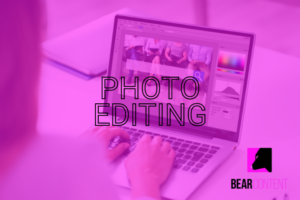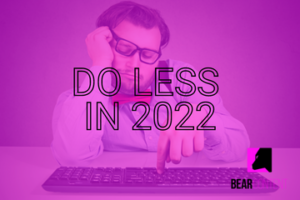Taking a photo is the start of a process. After pressing the shutter button, editing turns a good picture into a great one. However, there are right and wrong ways to approach editing.
Last week, there was a big fuss (!) about a photo of the Princess of Wales and her children, released to celebrate Mother’s Day and to squash rumours circulating about her health.
Some commentators were quick to point out that the photo looked poorly edited. I identified a discrepancy with Princess Charlotte’s sleeve in the photo, sharing my thoughts in a tweet, which many newspapers quickly picked up.
Professional photographer here. Look closely at Princess Charlotte’s wrist. This is what happens when you composite layers in Photoshop. I’m not speculating on why the photo was edited like this but it’s weird. https://t.co/6q8DA1Ovym
— Martin Bamford (@martinbamford) March 10, 2024
Editing, done well, can enhance a photo. Done poorly, it can result in a disaster.
As a portrait photographer who photographs individuals and business owners, I’m all too familiar with how editing can change a photo. My personal editing philosophy is making small changes; think of it like putting on makeup—just enough to highlight the good stuff, hide the bad, and keep it looking natural.
Here’s how I do it: I use Photoshop to remove distracting elements from the main subject. I’ll delete elements like a stray tree branch or flyaway hair.
I also use a technique called frequency separation to remove skin blemishes. It sounds fancy, but essentially means making skin look better without losing its natural texture.
After that, I’ll use Lightroom to adjust colours, exposure and highlights/shadows to get everything looking just right.
But here’s the thing: with all our fancy tools now, it’s easy to go too far.
You’ve seen those pictures where the skin looks too smooth, almost plastic. That’s what happens when editing gets out of hand.
And then there’s compositing, which involves putting together parts of different photos to make a new one. It’s a cool trick but easy to mess up.
The idea is to keep editing simple. Editing should improve a photo, not make it into something it’s not.
Most photos you see out there have been touched up in some way. But the problem with the Princess of Wales’ photo wasn’t just the editing. It broke the rules about how much you can change an image that’s supposed to be real news.
When looking for someone to take your photo, consider their editing approach. Do they slap on a preset and call it a day? Or do they take the time to carefully make each photo look its best?
There’s a big difference in editing styles, and it matters.
Photos are supposed to tell stories. How we edit photos can change those stories.
By making small, smart changes that improve the photos without sacrificing what’s real, you can achieve the best possible results.
When you’re choosing a photographer, find someone who gets that.



